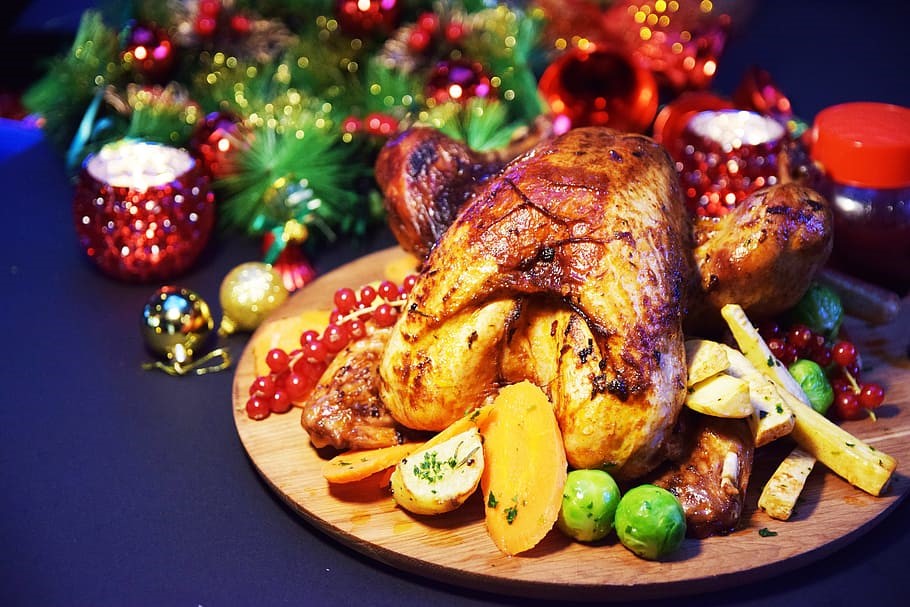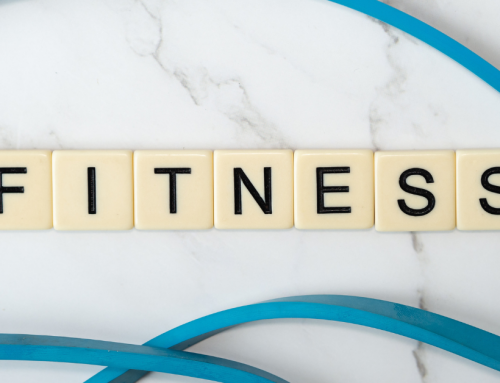Happy Keto Thanksgiving: An Examination of How Obesity and Family Traditions Tie Together
There are so many foods in our diets that we know are not the best for us.
We eat them anyway!
Most people know that soda, sugary juices, and alcohol are not the best choice for our bodies.
We drink them anyway!
What causes us to look past things we know are not “the healthiest” choices and overindulge anyway? Instead of beating yourself up about it, it is a much easier journey to attempt to try and understand the epidemic that plagues our world: obesity. In 2008 over 200 million men and nearly 300 million women over the age of 20 were obese, and 65% of the world’s population live in countries where overweight and obesity kill more people than underweight. Obesity is one of the most challenging problems confronted daily in medical practices. Despite patients’ and physicians’ best efforts, it is a disorder that increases in prevalence.
Obesity causes a lot of harm to our bodies. Obesity is the primary catalyst for cardiovascular disease, dyslipidemia, hypertension, and diabetes.
Many strategies have been proposed for reducing energy intake (diets, drugs, and bariatric surgery) and for increasing energy output (exercise and non-exercise movement), but even though there may exist a general agreement about the fundamental conceptual basis—changing energy intake and physical activity levels— how to achieve these goals is less clear. Reading a stunning fact like this can feel overwhelming, especially if you are an individual who is struggling with weight loss or obesity. I am here to tell you that even the experts have not paved a perfect path suitable for everyone.
HOW OUR PERCEPTION BECOMES OUR REALITY

There are other contributing factors that I would like to examine. The ideas and thoughts we have about our self-image and our progress in weight loss are directly tied to our results. In other words, we could be our own worst enemy. Or, we could be our own biggest cheerleader.
The holidays are a particular time of year to examine these thoughts. Emotions are running higher than usual, and so are social gatherings. Old family traditions and expectations drudge up a lot in everyone! Most people fall off the “wagon” of their “diet” and reset their goals to start again in the new year, after Thanksgiving. I’m here to tell you, it does not have to be this way for you.
I was expected to have a full plate of food then eat it all! Every Thanksgiving, I will eat until I was uncomfortable but that was viewed as a good thing. I never felt good afterward and the discomfort would sometimes last for days. I just tried to keep up and never told my family that I was full or “done”.
The side of my family that I would feast with is mostly obese. Almost all of them have diabetes or have developed a health condition due to their chronic overeating habits.
All of us would be together as a family, overindulging and being forced to try what each person made. It made me cringe that this type of eating was “normal” and “okay”. I knew I did not want to feel this discomfort every holiday gathering so I decided to take back control.
After I had my own children I took back Thanksgiving! It’s a wonderful holiday and an opportunity to see family that I normally don’t get to spend time with. I started cooking on my own and changing the traditional expectations and recipes. The resistance I encountered when I first took over a major holiday caused tension that you could cut with a knife. After 10 years, the family has changed their views of my health-conscious approach to holidays because I have helped many of them understand how to fix or change their terribly unhealthy habits with food. I suppose I have earned my place.
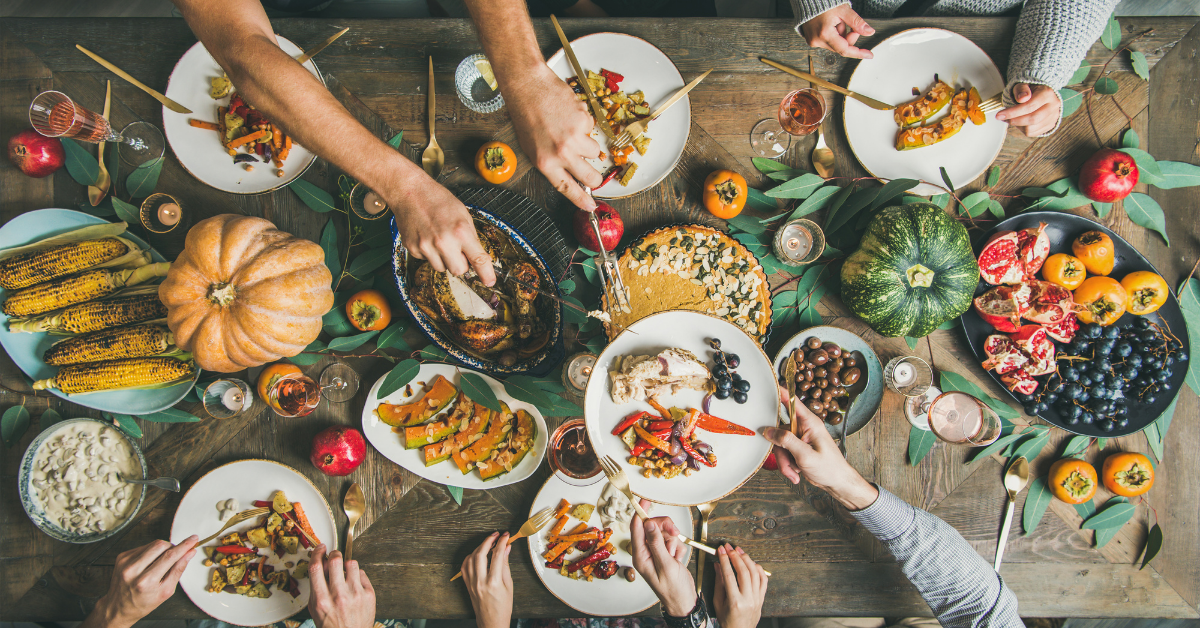
We cook a traditional, multi-course meal and feast, usually while drinking 7&7’s, mimosas, wine, bourbon, beer, all the while sitting around and watching TV for the holiday football game. If your family does things differently, that’s wonderful! This was my typical Thanksgiving, and I have continued a similar tradition in my own home. I have changed the menu, added more fresh vegetable plates, and cooked keto-friendly recipes. I also avoided the processed ingredients that typically fill traditional plates like green bean casserole.
The holidays are typically a vicious cycle of stress, cook too much, overeat, more pressure to clean up, then sit around and drink and talk. Changing the menu and suggesting a walk or maybe a game that gets people out of their seats. As long as the food tastes good, no one complains.
Most people cherish these times, as I do; that’s why we continue to get back on the holiday hamster wheel year after year. Following traditions is embedded in our souls. If we vary away from it, then we are somehow the black sheep of the family.
What if you started a Thanksgiving tradition that was traditional but healthier? More friendly to your new lifestyle, way of thinking, and practice of feeling. After all, there is nothing worse than feeling bad after a beautiful family gathering.
The Traditional Family Recipes
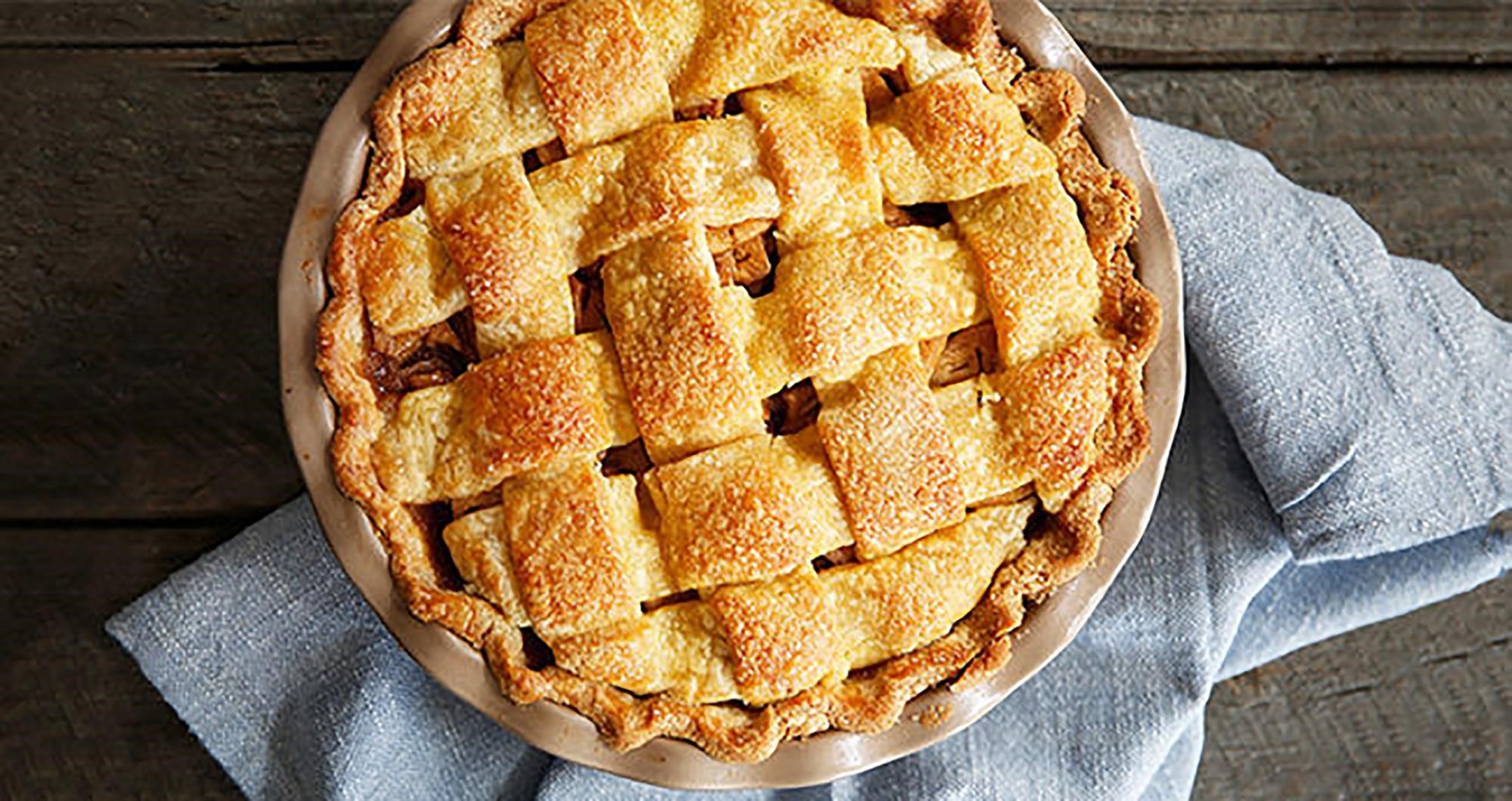
Diet is one of the most controversial issues regarding obesity intervention. There is limited scientific evidence to recommend one diet over another. Here is a fact about dieting according to the US National Library of Medicine, “As a matter of fact, there are still no definitive data on what dietary protocols are most effective in both the short and long term, or even what is the correct nutritional approach in general. The most commonly accepted dietary strategy is based on relatively high levels of carbohydrates and low-fat content. Still, according to some studies, these low-fat diets yield only modest weight losses and suffer from low long-term compliance issues.”
There is still a lot to be uncovered in the “perfect diet” for everyone’s journey. The fact remains that there is no one perfect way to accomplish weight loss for the long term. The combination of genetic predisposition, inactive lifestyle, and high caloric intake is what has led to weight gain. In turn, changing those exact things is essentially the key to the long-term weight loss secret that everyone desperately searches for. Most agree that lifestyle changes are necessary to change dietary habits, and exercise and physical activity are essential for weight loss and weight control. The ideal amount of exercise one needs will vary, and the perfect diet will differ as well. Keeping all these things in mind, I want to reiterate that lifestyle changes are the most significant factor in all of this.
It is absolutely necessary to change the habits you are comfortable with to achieve dramatic weight loss results.
Taking a look at the methods that your family uses to cook food, is a great starting point. If they are using vegetable oil, corn syrup, or crunching up Ritz crackers for your stuffing this Thanksgiving, some changes need to be made.
On your keto journey, you have been cooking and eating mostly whole foods.
Your diet consists of :
- 60 % fat
- 30% protein
- 10% carbohydrates
Maintaining those macros through your traditional family recipes may not be obtainable. It’s time for things to change. You may catch some flack from family members about your foods not “tasting the same” without all the processed junk in them, but they will eventually change alongside you.
Take a look this Thanksgiving at what types of ingredients you typically buy to make your traditional dishes taste so good, and tweak them just a little. Change those recipes to suit your lifestyle and way of eating, and you won’t feel as guilty about a little bit of overindulgence. This year, go for a walk after you have your feast; this can be a family event and very enjoyable to take in the fresh, crisp air.
If you battle OBESITY, Keto might be right for you!

The most commonly accepted dietary strategy is based on relatively high levels of carbohydrates and low-fat content. Still, according to some studies, these low-fat diets yield only modest weight losses and suffer from low long-term compliance issues. Adherence of obese individuals to high carbohydrate/low-fat nutrition is often a problem because most have been shown to have dietary preferences for foods with rich fat content. Another problem is that, in general, obese individuals prefer highly processed foods containing simple sugars rather than complex/raw carbohydrates; thus, a low-fat diet could encourage the consumption of sugars and refined carbohydrates that can worsen weight problems and facilitate dyslipidemia, especially in insulin resistance individuals. As a consequence of the debatable efficacy of these types of diet, there has been increased interest in recent years in very low carbohydrate ketogenic diets (VLCKDs) or simply ketogenic diets (KDs).
What does it all mean? I have chosen to explore obesity concerning keto and the holidays because the rich foods of our family traditions may be utterly okay on keto.
The traditional belief system that our bodies need carbohydrates or glucose to supply us with energy is not necessarily the best route to take this holiday season. If you are trying to cut your bodyweight down, the holidays should not be stressful. Centered around your proper macros and made with quality ingredients consisting of whole foods, it should be an enjoyable meal.
If you are on your keto journey this Thanksgiving and Christmas season, you should research unique and delicious keto-friendly recipes. Cook them and bring them to the occasion, or cook them and host the party at your home; either way, stay on track.
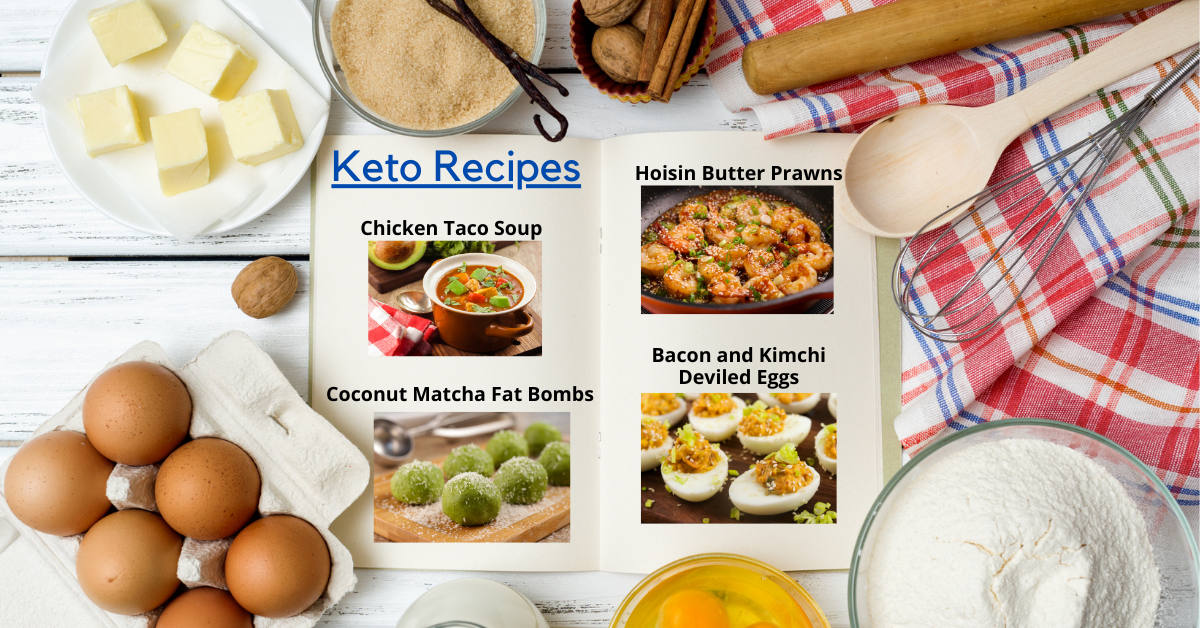
The richness of old family recipes does not have to be lost. Just moderated and tweaked. You should feel great about your accomplishments if you have come this far, and continuing on a path of success does not have to be deterred in one day!
There is extensive research that supports ketogenic nutrition working very well for people battling health issues or obesity.
It is a lifestyle change that can be carried through stressful times, happy times, and vacation vibe times. No excuse.
The Battle of The Bulge begins with Sugar
Thus far, I have focused on cutting out carbs, but what about sugar? How do we identify sugar on a nutrition label, in our recipes, and on the menus that we order from?
Sugar is in almost everything processed; it is excessively available in most foods that are store-bought and pre-packaged. Becoming extraordinarily aware of how much sugar you are consuming and avoiding sugar while changing your lifestyle is an uphill battle. I am here to let you know, your cravings for something sweet can be overcome. But before we learn how to overcome it, we need to understand where it comes from.
The craving for sugars, carbohydrates, and processed foods stems from your pancreas.
When you consume sugar, simple carbs like bread or pasta, a package of crackers, or a bowl of cereal, your body spikes a hormone called insulin. Insulin allows the cells in the muscles, fat, and liver to absorb glucose in the blood. The glucose serves as energy to these cells, or it can be converted into fat when needed. Unused glucose is converted into fat and stored for protection against starvation situations. If you are excessively consuming glucose and not exercising enough, your body is storing away fat like a chipmunk stores away acorns in its cheeks. Insulin also affects other metabolic processes, such as the breakdown of fat or protein.
The goal is to turn your body against those fat stores that you have built up. That metabolic state is called nutritional ketosis wherein your body’s insulin is dramatically lowered because you are no longer consuming sugar or carbohydrates. Forcing your cells to turn to fat for energy.
Once that occurs, you will see weight loss within the first week. Long-term sustainability is essential; you want to feel good for the long haul. Is keto forever? Figuring out the pathway your body needs to take to be its best version of itself is important. Keeping your nutritional needs in mind is a top priority. A version of a ketogenic diet may become your lifelong dedication if you are struggling with weight or have struggled with weight issues in the past. If you struggle with simple everyday tasks, change is inevitable. It can be a permanent solution with keto.
That’s where the permanent changes to your family’s traditional recipes come into consideration, as well as other behaviors that could be hindering your diet success.
This holiday season, stay dedicated and stay on track. If you have one bad day, just get right back at it the very next day. Never give up because great things take time.

